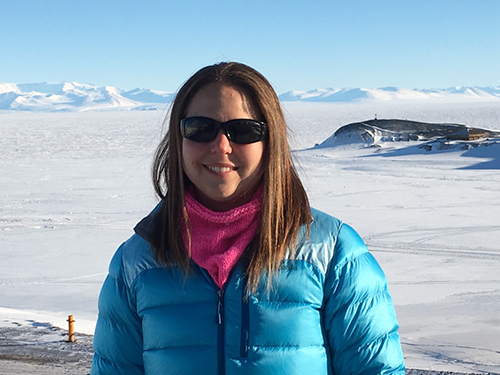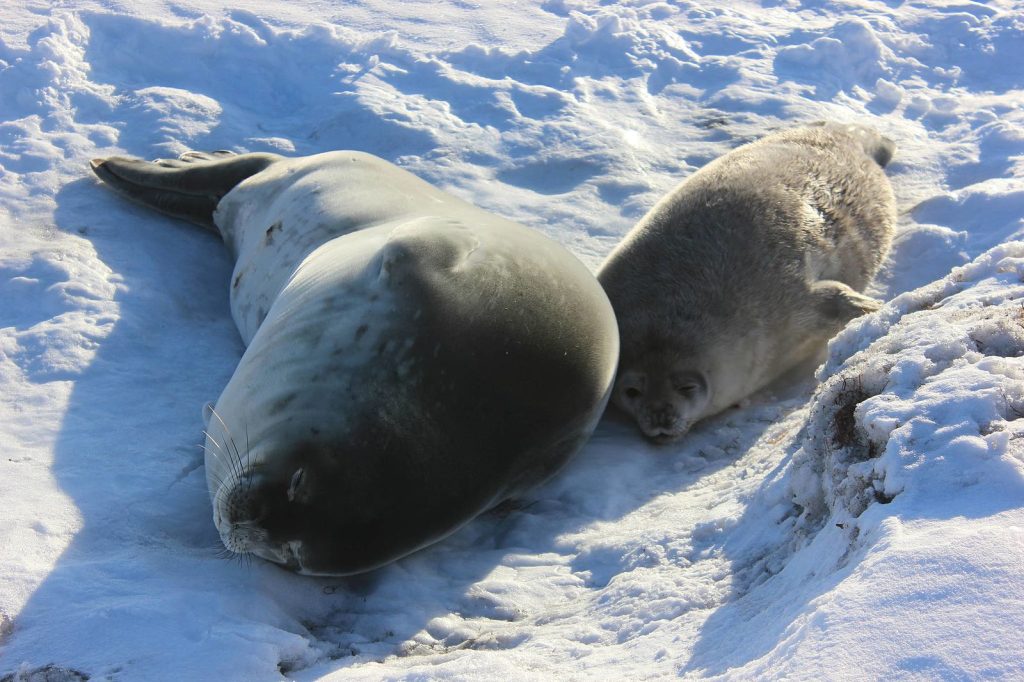11.5 Career Connection: Physiological Ecologist
Malia Hoey

Dr. Heather Liwanag is a physiological ecologist leading the Vertebrate Integrative Physiology (VIP) Lab at California Polytechnic State University, San Luis Obispo. With a BS in biology from University of California, San Diego, and a PhD in ecology and evolutionary biology from University of California, Santa Cruz, Dr. Liwanag’s research delves into the fascinating physiological adaptations that animals develop in response to their environment, and the evolutionary processes that drive these changes. Her work emphasizes the critical role of thermoregulation in both endothermic and ectothermic animals.
As a physiological ecologist, Dr. Liwanag studies how an animal’s body functions interact with its environment. This involves understanding how organisms cope with environmental challenges, from extreme temperatures to changes in food availability, and how these adaptations evolve. This work requires research in both field and lab settings, designing experiments, collecting data (which can involve anything from measuring metabolic rates to analyzing fur structure), and interpreting complex biological processes to understand how life thrives in diverse conditions. Some aspects of a physiological ecologist’s career, such as long-term field studies in remote locations or detailed analysis of microscopic physiological structures, are often less well recognized.
Practicing physiological ecologists typically hold advanced degrees, with a PhD being common for leading independent research and academic labs. Training programs involve rigorous coursework in biology, ecology, physiology, and often statistics and molecular biology. Research experience, gained through undergraduate projects, internships, and graduate studies, is integral. Many physiological ecologists pursue academic careers, conducting research and teaching at universities, while others may work for government agencies, conservation organizations, or in biotechnology. They may choose to specialize in areas like marine physiology, thermal biology, stress physiology, or animal energetics.
Dr. Liwanag’s specific work in the VIP Lab exemplifies this field. Her research on southern sea otters, for instance, investigates the thermal function, buoyancy, and morphology of their incredibly dense pelts across different life stages. This involves meticulous measurements of fur’s thermal conductivity under various conditions, including the effects of crude oil, and relating the microscopic structure of sea otter hairs to their insulating function. Her past research includes examining the metabolic cost of thermoregulation in developing Weddell seal pups after molting and studying differential thermal preferences among lizard color morphs, showcasing the extensive inquiry in physiological ecology.

Media Attributions
- 1A.B-Heather-Liwanag
- 1A.B-Weddell-seal-with-pup is licensed under a CC BY-NC (Attribution NonCommercial) license
